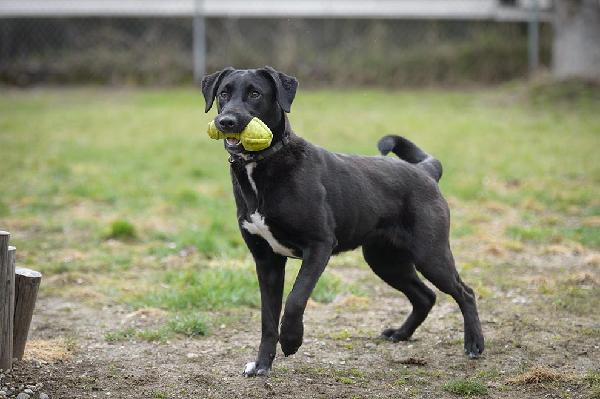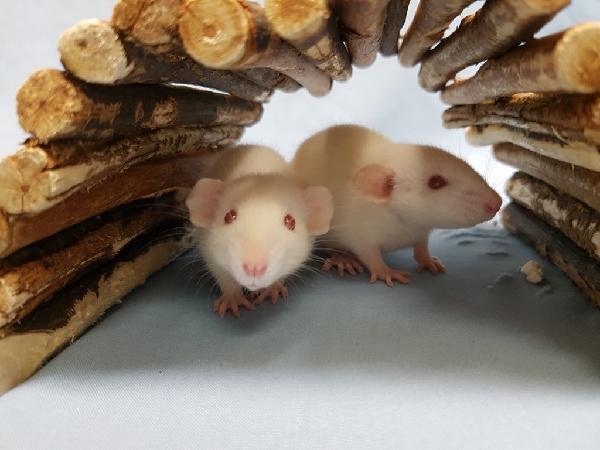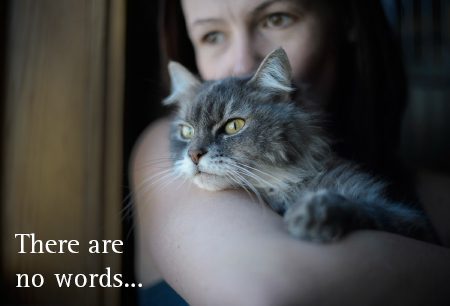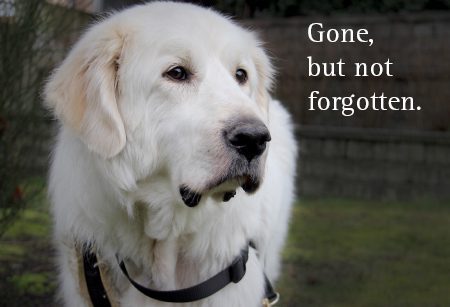The BC SPCA is opposed to the culling of urban deer when there is a lack of credible scientific evidence to support it, and/or it cannot be achieved humanely¹. The BC SPCA recommends the use of non-lethal strategies as a solution to increased human-deer conflict. Culling is only a temporary solution and should not be used as a default management practice, regardless of whether deer populations are actually measured or simply perceived as being high.
The real or perceived problem of overabundant deer populations must be addressed in a sustainable and tolerant manner, and therefore the BC SPCA supports activities that aim to prevent conflict and educate residents about how to coexist with urban deer. The BC SPCA is also opposed to the feeding and habituation of deer, which causes them to gradually lose their fear of people, pets and vehicles.
Approved by the Board of Directors – September 2014
(replaces previous version, February 2011)
Background
The BC SPCA understands that the tolerance and management of deer overabundance, whether in urban centres or on rural properties, is a complicated issue that requires a multiple strategy approach. Overabundant deer populations can result from plentiful resources and low numbers of natural predators. Also high deer densities may be found in sprawling human-populated areas where traditional deer habitat once existed.
The relocation of mature deer in government programs should be approached with caution as studies have shown that high mortality and fatal injuries result from the stress of capture and transportation. Further studies have revealed that mortality is also high post-release due to enduring stress from capture and transport, the inability to adapt to unfamiliar territory, and naivety to new predators. More research is needed to identify conditions for possible successful relocation efforts specific to British Columbia species and terrain.
The BC SPCA also recognizes that contraception for wild ungulate populations in Canada is authorized only for experimental use at this time, and supports pilot programs to test its efficacy for broader applications in future.
Further community-wide measures should include:
- Municipal enactment and enforcement of bylaws that prevent the intentional feeding of deer and other wild mammals;
- Public education on landscaping measures such as plant species selection, fencing/netting motion-activated sprinklers, flagging tape and other humane deterrents;
- Training residents in non-contact hazing techniques to discourage wildlife from taking refuge on their properties;
- Prevention of deer-vehicle collisions through appropriate fencing, wildlife corridors for safe passage, warning signage for high crossing areas and speed limit enforcement; and,
- Ensuring responsible pet guardianship through direct control over pets to avoid physical contact between pets and wildlife.
If a cull is undertaken by a community, it must be carried out in an appropriate season to prevent the abandonment of young. It must also be conducted in a humane, responsible and sustainable manner by qualified and experienced wildlife professionals in accordance with the BC SPCA Hunting position statement. Wildlife professionals should use techniques that cause instant death and make every effort to minimize stress to the animal and the infliction of pain or suffering before death occurs.
In any urban deer management efforts, only those individual animals that are the source of significant conflict should be managed. A public hunt within urban limits should not be permitted, as the hunting public may target different animals than those selected by qualified wildlife professionals.
See also:
Hunting
Background updated – September 2014
¹ Despite being a legal cull authorized under government permit, it may not meet humane criteria as operator experience and equipment efficacy can vary.





